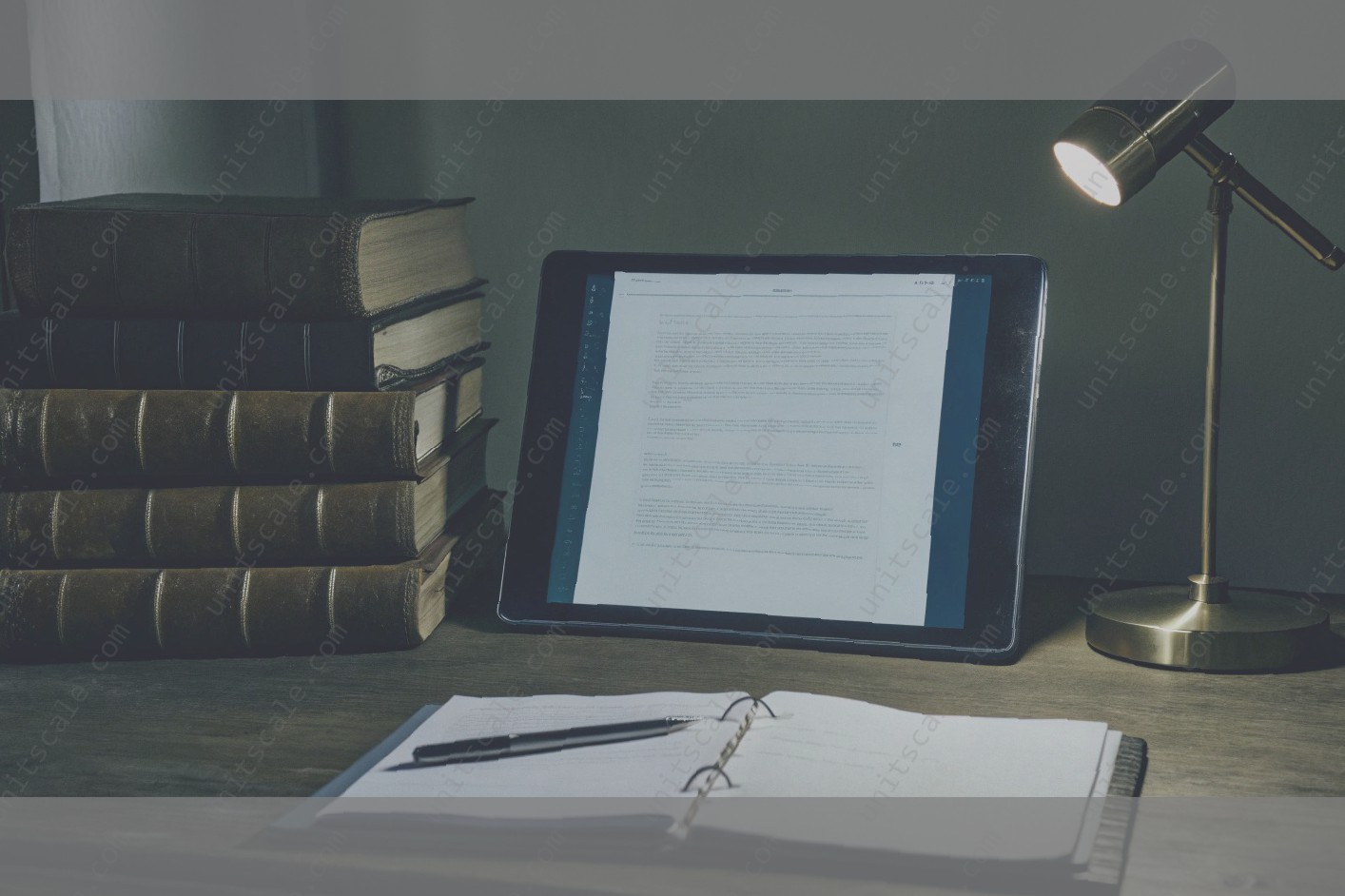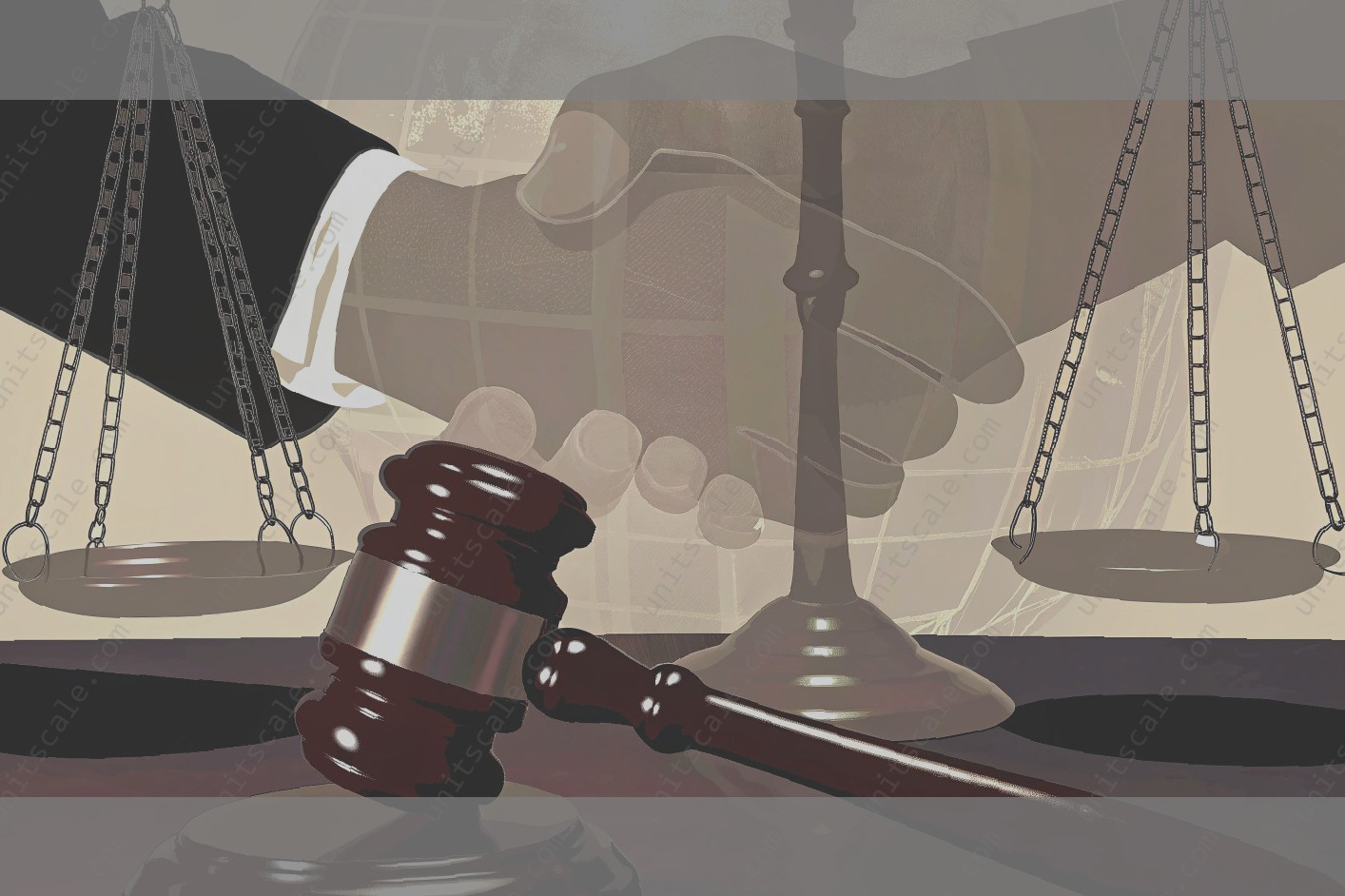The Basics of Legal Declarations
A legal declaration, otherwise known as a verified declaration, is a statement made under penalty of perjury. It is made in lieu of a sworn affidavit and presents factual matters or provides testimony in writing for use in the courts. By submitting a comprehensive legal declaration, the declarant (the person making the declaration) saves time and money for himself and the judicial system as a whole. Because the declarant has to swear under penalty of perjury that he has made the factual statements contained in the legal declaration to be true, it is important to always give truthful testimony in declarations as submitting false testimony can have serious legal consequences .
Declarations are most commonly used in California civil proceedings as well as in other types of governmental actions. Their purpose is to present facts that are relevant to a proceeding and to provide personal testimony in writing that would otherwise need to be given orally in court. A legal declaration will normally either state good cause for a request that is being made to the court or supply facts needed for the court to make a ruling. A legal declaration may also be submitted in response to another party’s request. Still other legal declarations are used in administrative proceedings such as administrative law cases.

Required Components of a Legal Declaration
Every declaration should include the name of the declarant – the person making the statement – along with their contact information and possibly their capacity. For example, if the declarant has information about some aspect of a company, then the addition of their title may be beneficial. The next section must outline that the following statement is made under penalty of perjury. This sentence should state that the declarant knows the facts to be true and is competent to testify. The facts of the case or proceeding should follow, with the declarant stating the knowledge they have of the facts. Finally, the last portion should express the verification of facts and the date and signature of the declarant.
How to Make a Template
To get started on creating a legal declaration template, you have to think about the 5 Ws (and an H): who is making the declaration, what they are declaring, why they are declaring it, when they are declaring it, where they are declaring it, and how the declaration will be made. Structuring your declaration utilizing these basic questions will soon lead to creating a legally sound and comprehensive declaration template.
Who is making the declaration in a legal declaration template? Although it may seem obvious, you must first identify the declarant. This is the person who is making the statement under penalty of perjury. It can be individuals, corporations, partnerships, associations, or other legal entities. The declarant’s name, unless it is a corporation, must include the middle initials, so that they are never confused with someone else of the same name. Also, any alias or nickname must be stated clearly to avoid confusion with someone of the same name; for example, Robert Lee Smith, aka "Bobby Smith."
What are they declaring in a legal declaration template? Although declarations can vary widely in subject matter, there are some common elements that are typically found in almost every legal declaration template. Most common are the identity and relationship of the declarant to the parties, the facts that the declarant knows about the subject matter, and the first personal knowledge of the declarant.
Why are they declaring in a legal declaration template? Usually this question arises when the declarant makes the statement as a result of emotional trauma, promises, family loyalty, or a desire to avoid injustice. The declarant must then include their reasons for the declaration in relation to the declarant’s subjective feelings, memories, understanding, and belief. For example: "I declare under penalty of perjury under the laws of the state of California that the foregoing is true and correct" is often used as a concluding sentence in many legal declaration templates.
When are they declaring in a legal declaration template? This is the date or time that the declarant is making the declaration. If not known, you must place a "date unknown" statement next to the signature. Declarants usually declarations at trial, evidentiary hearings, depositions, or other proceedings.
Where are they declaring in a legal declaration template? The declarant, if appearing in person, must sign the declaration in the venue or jurisdiction where the declaration is made. This is usually where the declarant resides, or where they are staying temporarily. Declarations may have been signed where the declarant arrived shortly before the declaration was made. A declaration may also be made from the place of business of the declarant. If the declarant cannot be present in the jurisdiction where the declaration was made, then the declaration must be witnessed by a person with an acceptable status.
How are they declaring in a legal declaration template? This refers to the manner in which the declaration is made. For example, it may be made either orally or in writing. In most cases, declarations are written.
Common Errors to Avoid
There are a number of positions commonly taken in user generated legal declarations and statements of fact that are wrong or potentially create problems. The following list includes the most common errors and suggested best practice to avoid them.
The declarant or witness states that they have reviewed a report, but then does not attach it. This is either because the document was not preserved during discovery, or is lost or missing. Not having the document available for review is a negative, and may suggest the document may be unfavorable to your case. It also puts the reader of the declaration in the position of having to decide if the declaration lacks credibility because it is not supported by the actual document.
When a sworn declaration refers to a non-sworn report, it should either state the qualifications of the author so it could be admitted under Federal Rules of Evidence, 803(6) or it should be attached to the declaration as an exhibit. Otherwise, the statement will likely be excluded from evidence when offered at trial.
Even references to internet web pages, emails, text messages, or other regularly generated documents can be problematic unless they are frequently generated as part of company operations. In this example, if the declaration is about a trade secret, the witness should state the web page is not publicly available. Even saying the declaration was provided to important customers would be helpful in an intellectual property case.
It is important to know if a question has been asked before giving your answer. For example , consider the below scenario.
A lawyer asks you a question on a deposition, which is very similar to a question asked some time before. In some cases, you might not understand the true scope of a question. You think you know what they are asking, so you respond, "No, I do not." Later, you admit that you do not recall such a question being asked.
This issue can often doom a case, as it suggests the witness is hiding something. More importantly it violates the truth, which undermines the evidence.
When a declaration is written in response to depositions, requests for admissions, or any other discovery responses, there is a risk that the document will read like a list of objections to discovery questions. In fact, these deceptive responses are often crafted as a list of objections, and then rephrased as factual statements.
A declaration should not be used to dispute discovery. Rather, the declaration should be used to state facts about the issues being litigated.
It is important to know the document that is being discussed with the lawyer, and the witness should not assume that the lawyer understands the topic being discussed. It is important to confirm this information with the lawyer, so the two witnesses or respondents do not give conflicting or inconsistent answers.
Having a skilled attorney work on the document with you is invaluable. This process should begin with a document review and memorization session, followed by a question and answer session with a transcript review of the original testimony being discussed.
Tailoring to Particular Legal Situations
The formality of a legal declaration is essential in establishing its legitimacy as a tool in the legal process. However, the need for tailored detail does not diminish simply because the judicial setting changes. As with all legal documents or templates, there may be specific nuances based on the court that will be charged with reviewing the decree. In the same way that the laws of a particular state or district may make unique distinctions with respect to legal matters or procedure, so too do they vary with respect to the duties and responsibilities of sworn duties. For this reason, it is crucial that any legal declaration template be adapted with respect to the legal context and jurisdiction in question.
Finalizing and Proofreading Your Declaration
When a legal declaration is completed, the work is not finished. Specifically, depending upon how the declaration template is prepared (i.e. by using software or handwriting the declaration), an attorney may review the document and refine it as necessary. In addition, the declaration template should be proofread for spelling and grammatical errors . Proofreading is especially important when the declaration was created using software, as many of these programs will insert the wrong form of a word or other typographical errors. Given that people can rely upon what the declaration says in a variety of ways, this final quality control step is critical.
Finally, after all corrections are made, the document should be filed away with any other case documents and marked "[DRAFT]" on the front and back covers that are associated with this version of the declaration.

